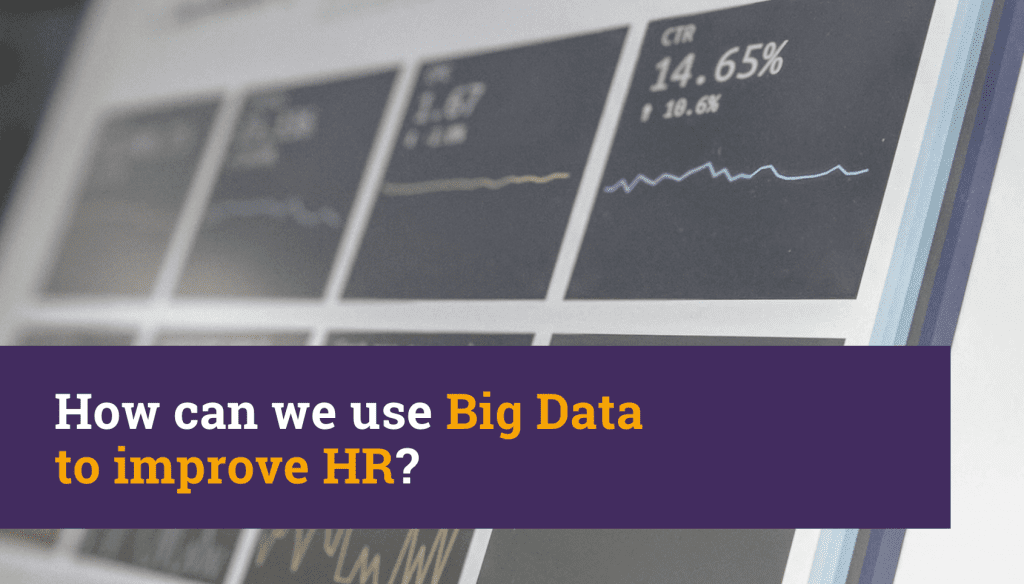In previous articles (The growth of the technology sector and Artificial intelligence takes off the HR sector) we have shown you how the technology sector is evolving and, in addition, how this growth affects the personnel selection sector.
Companies are beginning to understand the importance of having a talent management strategy based on metrics. Many experiences have shown that through an analytical approach we can manage the human resources area more objectively and rigorously, and make better decisions.
Here are some of the many cases where using metrics and big data has helped companies optimize their human capital efforts and align them with business objectives.
1) Natura and Whalecom
Thanks to this initiative, they managed, among other things, to detect the most valued profits among employees and to conclude in which they should invest the company. They also focused on taking action on recruitment management, thus achieving to segment more easily which profiles are best suited to a particular position.
Currently, the management of human resources in Natura is often analyzed with the aim of facilitating the decision-making process and reviewing action plans. In this way, the company ensures that the strategy of the area is aligned with that of business.

2) Amazon
Through an internal system called “Amazon Connections”, they regularly consult their workers on issues such as job satisfaction, leadership or training opportunities. All information is analyzed by a team of experts and shared with company managers through daily reports.
Employee responses are not anonymous, but only those responsible for the Big Data project have access to them. The reports that reach the company managers only contain the overall data of the responses.

3) BBVA Bancomer
Previously, the bank used numerous data on the employee’s life cycle, but this was done in isolation or in part. Faced with this problem, the bank created a section within the HR department with specialists in data collection and analysis. The area allowed to know better the people of the company, and obtained key data such as knowing what profiles are required in the different business areas to meet the objectives of the organization.
Subsequently, the most relevant information and conclusions obtained are shared with the management team to make use of them in human capital decision-making.

4) MBIT School and Telefónica
In 2015, Telefónica began to dedicate means to prevent this from happening. From the certainty of the relevance of Big Data for the future business, the company initiated a training program for its employees on this subject.
This training program is conducted by the MBIT School, which is the only center in Spain dedicated exclusively to Business Intelligence and Big data. Through this, employees from different areas of the company that require the application of Big Data, manage to have a suitable training for their task.

And you: Do you measure your talent management with metrics? Have they helped you make better decisions?
Try TalentFY in a Live Demo
Try our recruiting platform without compromise.
And if it doesn’t work for you, YOU DON’T PAY No small print.
Join our News
Subscribe and receive our most exclusive content and news every month
directly in your inbox.





